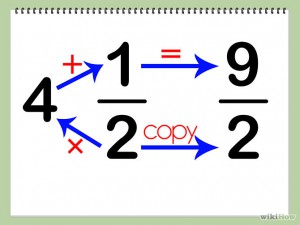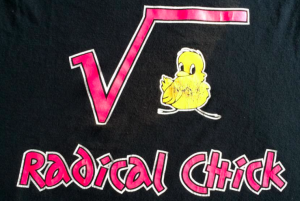My family enjoys playing pitch, 31, sevens and trash. However, my absolute FAVORITE game is cribbage! It involves strategy and math, which is why I like it so much!
Spark your math thinking!
- Set up your math mini spark recording page: #53: Cribbage
- Read about cribbage and record some details.
- What is one “thing to remember” when playing cribbage.
- Record this information. In cribbage, the Jokers are removed from the deck. The Ace is worth 1. The face cards (Jack, Queen, and King) are each worth 10. The other cards (2 through 9) are each worth their number value
- Here are some of the ways you can earn points when playing cribbage.
One of the ways to earn points in cribbage is to have cards that add up to fifteen. In the picture below, the King and one of the 5’s make 15 so that is 2 points. The King and the other 5 also make 15, which is another 2 points. You might notice that there is a 5 that is face up on the deck. This can also be paired with the King for 15 for another 2 points. Finally, the three 5’s (2 in the hand and one on the deck) add up to 15. This is an additional 2 points.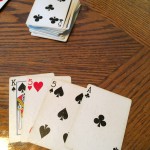 When you have a pair of the same card, you earn 2 points. The pair could be in your hand, or one of your cards could be paired with the card that is face up on the deck. If you have 3-of-a-kind, that is worth 6 points. In the picture above, there are two 5’s in the hand and one 5 face up on the deck. Not only does that make 15, but it is also 3-of-a-kind which earns you 6 points.
When you have a pair of the same card, you earn 2 points. The pair could be in your hand, or one of your cards could be paired with the card that is face up on the deck. If you have 3-of-a-kind, that is worth 6 points. In the picture above, there are two 5’s in the hand and one 5 face up on the deck. Not only does that make 15, but it is also 3-of-a-kind which earns you 6 points.
A “flush” is when you have 4 or more of the same suit (clubs, spades, hearts, or diamonds). If you had 4 hearts in your hand, you would earn 4 points. If the card that is face up on the deck is also a heart, you would get 5 points. The hand below shows 5 clubs so you would get 5 points.
A “run of 3” is when you have 3 cards in numerical order. You could also have a run of 4 or 5 cards. Let’s say you had a 3, 4, 5, and 6 in your hand. You would have a “run of 4” which is 4 points. If the card on the deck was a 2 or 7, you would have a run of 5. The hand below shows a run of 5.
6. The pictures below show several cribbage hands. See if you can add up the points correctly! Record the “hand #” and an explanation of the total points.
7. What are other ways you can earn points in a cribbage game? Do a little research and to find some.
8. Share your math mini spark recording page with your teacher/EY coordinator.
Check out the Cribbage Master Badge from the EY website.


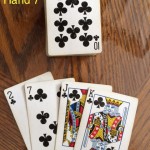
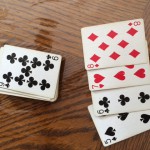


 Go ahead…play some games on your iPad! For this mini spark, we want you to play some games. That’s right,
Go ahead…play some games on your iPad! For this mini spark, we want you to play some games. That’s right, 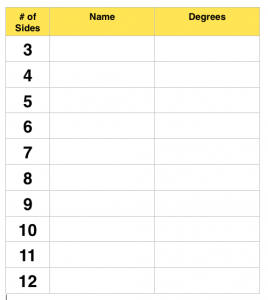
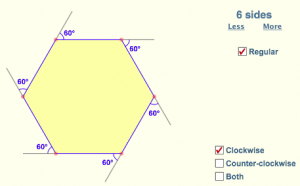

 01001001
01001001 
